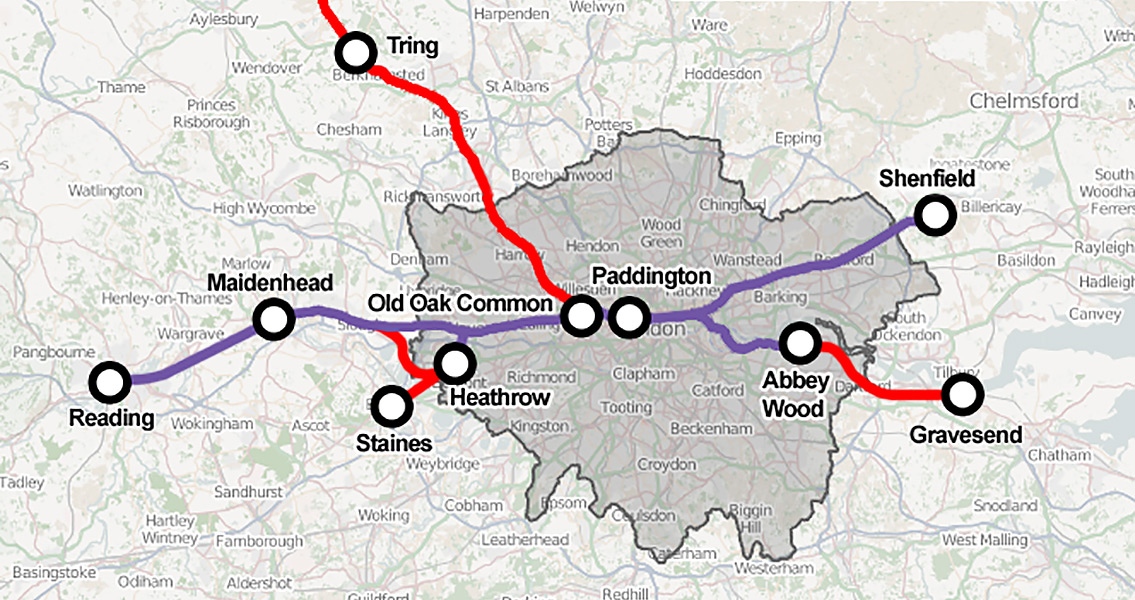<![CDATA[In London, at the Bedlam Hospital burial ground close to Liverpool Street station, a research project associated with the Crossrail transport network has reported the names and backgrounds of over 5,000 Londoners buried there during the sixteenth and seventeenth centuries. The project began in June 2014 with a team of sixteen volunteers. Their job was to rummage through parish records for the names of people buried at Bedlam during the sixteenth and seventeenth centuries, in order to create the first extensive list of people buried at the hospital. According to Heritage Daily, the database created by this research will be able to guide the Crossrail excavationists at the eastern entrance of Liverpool Street Crossrail station. The excavation begins in March and will see around 3,000 skeletons excavated. Among those believed to be buried at the site is Dr. John Lamb, a researcher and notorious figure from the seventeenth century. He was an adviser to the First Duke of Buckingham, and a notable astrologist. According to records, Lamb was stoned to death in 1628 after being accused of black magic and rape. Many other bodies have been detected at the site, some of which are believed to be victims of the riots by 'Fanatiques' which were noted in the diaries of Samuel Pepys, according to Heritage Daily. During the sixteenth century, the most common causes of death were plague and consumption. The Bedlam burial ground was made in 1569, because dead bodies at the former hospital for mental illness seemed to be outnumbering the living. According to Heritage Daily, excavations as part of the Crossrail project have found more than 10,000 artefacts spanning 55 millions years of London's history, across over 40 construction sites. The work at Bedlam is the largest archaeological project in the United Kingdom. It has been meticulously programmed way in advance, to ensure safe delivery of any new discoveries made. Among the 3,000 skeletons that excavationists will exhume are bodies that have been through things that modern humans can only read about in books. These people lived during the time of civil wars and Shakespeare's plays, the Plague, the Great Fire of London, and even the beginnings of the Industrial Revolution. These bodies hold a lot of important information, and once received by the Museum of London's Archaeology department archaeologists and other scientists will be able to glean even more insight, into the lives they lived. Interestingly, the Bedlam burial ground was one of the first burial grounds in London to not have any association with any church or religious institution. This was most likely because most people buried there could not afford a proper churchyard burial. To get a good picture of the demographic of occupants in the Bedlam graves, people buried there tended to have been servants, maids, shoemakers, watermen, and tailors. Researchers will continue to examine these thousands of skeletons, in the hope of unraveling the stories of those buried at Bedlam. Image courtesy of Wikimedia commons user: Cnbrb]]>
Crossrail Reveals an Extensive Burial Ground
